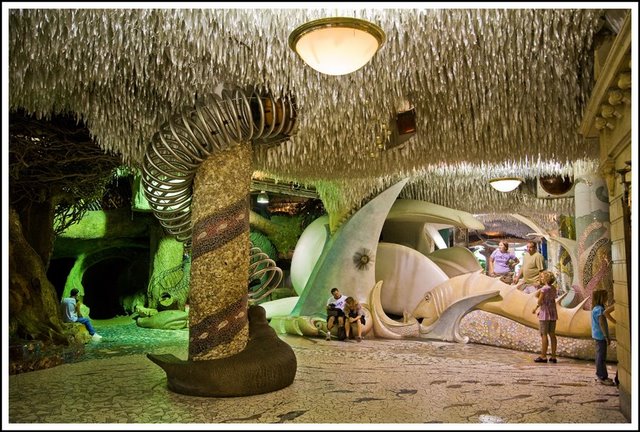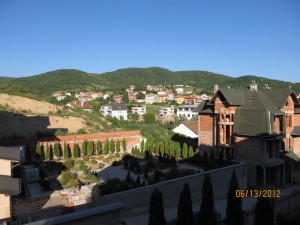To come home from a hiking trip in the Upper Peninsula of Michigan is to experience civilization in all of its guts and glory.
Just three days at Pictured Rocks National Lakeshore was enough to make me question my style of traveling. Up until this point, I had been taking planes and trains to major cities, dining in fine restaurants, and visiting art museums. I had been feasting my eyes on the creations of humankind, many of which are so ubiquitous that they don’t get pointed out very often.
Looking out at the sunset at Beaver Creek this past weekend, I could see the Earth rotating. My friends and I were lying alone on the silken white sands of the only beach in the world.  My retinas burned with ecstasy, soaking in the soothing opulence of the lake’s diamond ripples like a stagnant sea sponge. Orange, purple, red, pink, and indigo turned the tabula rasa into a tie-died masterpiece that slowly streaked into the steady horizon, reminding us that each day is a new chance to turn it all around.
My retinas burned with ecstasy, soaking in the soothing opulence of the lake’s diamond ripples like a stagnant sea sponge. Orange, purple, red, pink, and indigo turned the tabula rasa into a tie-died masterpiece that slowly streaked into the steady horizon, reminding us that each day is a new chance to turn it all around.
The following day, we took the North Country trail heading West toward the legendary Chapel Hill landmark and campgrounds. I saw a corduroy cabin in the woods and marveled at the ability of humans to infiltrate even the purest of landscapes. I normally see hundreds of houses a day, but this one brought to light the utility of opposable thumbs. My seclusion struck me in the strangest of ways, punting my pulse into a frenzy at the sight of a lonely log cabin on the edge of the wilderness.
On our final day of hiking, we came upon the Coves. These rocky platelets jutting out into the marine blue depths transported me to the mermaids’ lagoon in Peter Pan. There I was, forever young and surrounded by sirens of the sea. Beethoven’s Million Dollar Quartet came to mind, as did Hemingway’s The Old Man and the Sea. The cloudless sky’s never-ending story pulled me in and set me free simultaneously.
Every bridge hovering above a creek was the bridge to Terabithia, and each ravine rolling into a meadow was an entrance to the Forbidden Forest. All of my fantastical fixations came to the forefront of my consciousness like the full moon when it outshines the stars, conquering the night sky. I half expected to see Aslan the Lion come galavanting into the forest with some Turkish delights stolen from the evil queen.
None of that happened, but there were a couple other magical aspects of my Michigan trip. For one thing, my physical suffering did nothing to detract from my spiritual growth. If anything, the two were, and are, directly related. The more I suffered from physical exhaustion and sleep deprivation, the stronger my will to survive became. And as time slowed down exponentially, my oneness with nature solidified like the shale and sandstone of Mosquito Creek.
Adventure, sport, and spirituality embrace the points on the coveted trinity : body, mind, and soul. Someone once said that experience feeds the brain and nourishes the spirit. It turns out that the cheapest way to travel can leave a person with the richest experiences this world has to offer : sublime sunsets, hearty fires, and waves of peace.
Related articles
- “North Country Dreamland” Shares Beauty of Lake Superior (newswatch.nationalgeographic.com)
- Between a rock and a hard place: Michigan’s national parks cut services amid budget woes (howardmeyerson.com)
- Our Top 5 Road Trips – U.S. and Canada (passingthru.com)
















